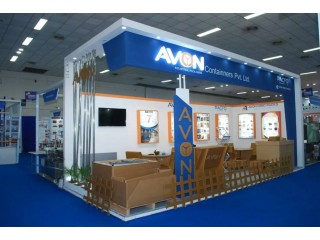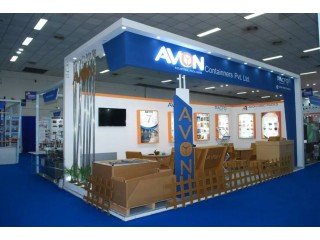Common Low Melting Alloys and Their Characteristics Professional
1 year ago - Multimedia - Salem - 166 viewsThere is a wide range of low melting alloys available. Yet some are restricted in their use based on their brittleness, toxicity, and reactive qualities. Some of these elements are bismuth, gallium, tin, indium, zinc, cadmium, tellurium, antimony, thallium, mercury, and lead. Many of these minerals may also be additives placed during the formation of the low melting alloys. ;
Density Characteristics
One of the main reasons for using low melting alloys is due to how it changes when it melts and then solidify. Some alloys are eutectic and will become pure liquid instantly, while others are Non-Eutectic and will transition through a semi-liquid state that has a type of slushy texture before becoming liquids. Low melting alloys will also change in density when solidifying. Alloys such as bismuth and gallium will expand greatly when in their liquid state and then become dense when changing back into a solid.
Knowing the density of the alloy is important as the manufacturer needs to know how much it will shrink or expand. If the metal shrinks too much, it may not create the proper bond with other materials, or have the required strength it needs to withstand stresses. If it expands too much, it can become brittle when changing back into a solid as the alloy might fail during the operation of the product or equipment.
The varying densities of the alloys can also be important to manufacturers based on how they plan to use the alloy. For delicate jewelry, you may not want a material to expand too much as it could end up damaging the surrounding metal that needs to remain intact. You also need to pay attention to the elongation, strength, tensile modulus, and yield strength of the alloy during the manufacturing process.
Bismuth Alloys
Bismuth-based: Bismuth alloys will have a composition that is less of a ductile characteristic than tin




















